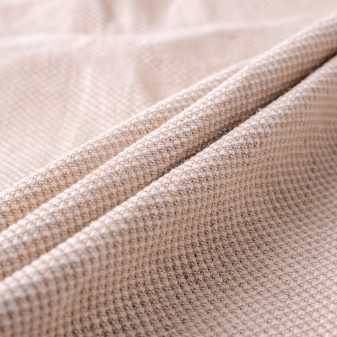What is pamuk and how to care for this fabric?
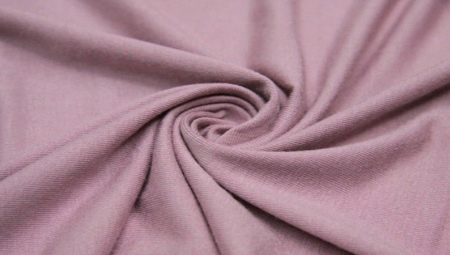
Some products may have an inscription on the tags Pamuk... It is easy to guess that in this way the manufacturer designates the composition of the fabric. But what kind of material it is, what features and characteristics it has, few know.
In order to properly care for products made from this material, it is recommended to study its composition in more detail.
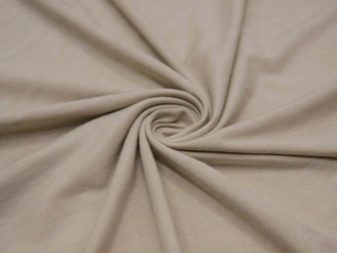
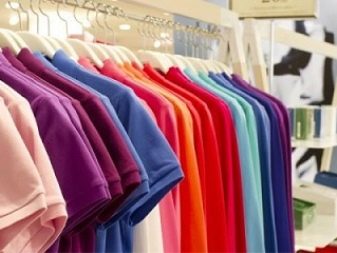
What it is?
From Turkish, the word pamuk literally translates as "cotton". In this regard, we can conclude that products with such inscriptions are made mainly in Turkey. This country is famous for its high quality cotton due to the fact that special alluvial soils are used for cultivation there. On cotton plants, the following conditions are strictly observed: warm climate and moist soil. All this has a positive effect on the quality characteristics of the raw materials obtained.
If there is an inscription on the tag of this or that product - 100% pamuk, then this means that only natural material of natural origin is included in its composition. If translated into Russian, it turns out - 100% cotton.
It is noteworthy that all the same properties are characteristic of pamuk as for other fabrics of natural origin. The main difference lies only in the fact that Turkish cotton is softer and more delicate than that produced by competing countries: the USA, Egypt, the Caribbean.
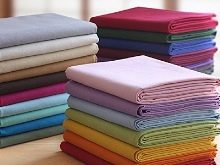
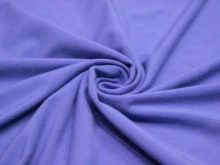
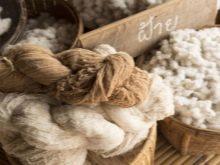
Main characteristics
Pamuk has certain properties and characteristics. First of all, it should be noted the permissible methods of weaving weaving.... These include:
- twill;
- knitted;
- satin;
- finely patterned;
- the simplest is smooth.
The fabric has a medium water resistance, high wear resistance, and the hygroscopicity of the material varies from 6 to 12%. The standard width of the produced fabric is 3 m 20 cm. The composition of the curtain fabrics includes 55% pure cotton, and the rest is polyester.
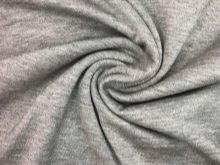
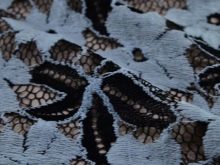
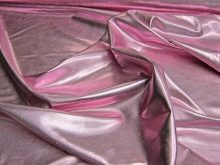
Applications
Turkish pamuk rightfully occupies one of the leading places in the whole world. This popularity is due to the versatile properties of the fabric. The most popular and common products from pamuk are:
- children's and adult clothing, including underwear and socks in this category;
- bedding;
- home textiles: towels, tablecloths, curtains, napkins and more.
The fabric is quite easy to process... It is the choice of seamstresses and tailors to create a wide variety of products. Curtain fabric is most often used for the manufacture of curtains, curtains, as well as other decorative elements with which to decorate rooms.
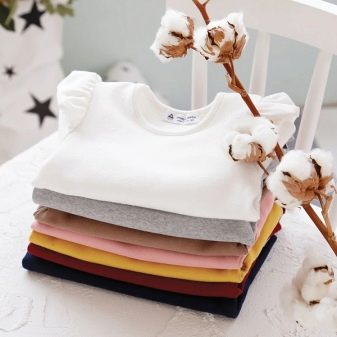

Care
Despite the significant advantages, this fabric is quite finicky, and with improper care or use, the original appearance of the products can be lost. Manufacturers recommend washing clothes made of this material separately from other products. This is necessary so that the material of a different composition does not shed and cause harm to the cotton fabric. There are two main ways to wash.
- Manual way. It involves washing things with your hands. This option is rightfully considered more delicate, but even here it is recommended to follow certain rules: the water temperature for natural fabrics should not exceed 50 degrees, it is generally better to wash mixed fabrics in water, the temperature of which is only 30 degrees Celsius.
- Machine wash. Here it is recommended to select the appropriate "cotton" or "natural fabrics" mode on the control panel depending on the model of household appliances.
For washing Turkish pamuk products, it is recommended to use liquid detergents that do not contain chlorine or any other substances that are considered aggressive. Whitening of products is strictly prohibited.
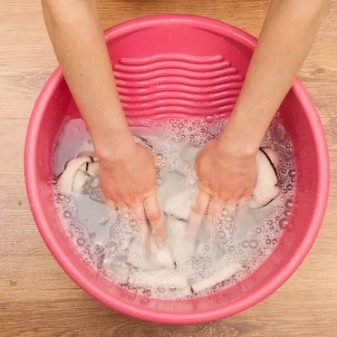

With the manual method, you should not make excessively intense movements when rinsing things, since in this case their individual parts may be noticeably deformed. On the washing machine, it is recommended to select spin at medium speed (400-600). Do not tumble dry. In order to dry products made from this material, it is recommended:
- press the thing at an acceptable level;
- how to straighten the product;
- lay it out on a special dryer for clothes;
- when it dries up a little, in order to save space, you can hang it, but it is not recommended to use clothespins.
Initially, it is impossible to hang damp things on ropes or a dryer, since they can also slightly deform under the weight of water. It is very important not to overdry the products, as they will lose their proper appearance. If the garment is drying outside, it is important that it is not exposed to direct sunlight, as the color will be lost in certain areas and the garment itself will become unusable.


It is allowed to iron things made of pamuk with the help of an iron, on which it is necessary to select the appropriate “cotton” mode. This should be done precisely from the seamy side, so as not to harm the front. Dry cleaning is contraindicated for most pamuk things. The exception is fabrics with high density, from which furniture covers, curtains and some other products are sewn. Since pamuk things from Turkey are very popular, a large number of fakes can be found on the market. Naturally, they no longer possess the full range of characteristics of this material, and things made from them are not so high quality.
In order not to become a victim of scammers, it is recommended to buy things only at trusted retail outlets. To make sure of the popularity and high quality of pamuk products, it is enough to read the reviews of those who have already bought and use such things.
Basically, users note that the material is pleasant to the touch, wear-resistant, and good air permeability. The disadvantages are the relatively high cost, as well as the frequent deformation of things, which occurs at the slightest deviation from the rules for care.

